Rising Crime Rates
The market is experiencing growth due to rising crime rates across various regions in the US. According to the FBI's Uniform Crime Reporting Program, property crimes have shown an upward trend, prompting homeowners to invest in security solutions. This increase in criminal activity appears to drive demand for advanced security systems, including surveillance cameras and alarm systems. As homeowners seek to protect their properties and families, the residential security market is likely to expand. The heightened awareness of safety concerns may lead to a projected market growth of approximately 10% annually, as individuals prioritize security investments to mitigate risks associated with crime.
Increased Awareness of Home Security
There is a growing awareness of home security among US homeowners, which is positively impacting the residential security market. Educational campaigns and media coverage regarding burglary and home invasions have heightened public consciousness about the importance of security measures. This awareness is likely to lead to increased investments in security systems, with homeowners recognizing the value of protecting their assets. As a result, the residential security market may see a surge in demand for comprehensive security packages, including monitoring services and smart technology integration, potentially leading to a market growth rate of around 8% over the next few years.
Shift Towards DIY Security Solutions
The residential security market is witnessing a shift towards do-it-yourself (DIY) security solutions, which are appealing to a growing segment of homeowners. The convenience and affordability of DIY systems, such as self-installed cameras and alarms, are attracting consumers who prefer to manage their security independently. This trend is likely to reshape the market landscape, as more individuals opt for customizable solutions that fit their specific needs. The residential security market may experience a notable increase in sales of DIY products, potentially accounting for a significant portion of the overall market share in the coming years.
Government Initiatives and Regulations
Government initiatives and regulations aimed at enhancing public safety are contributing to the growth of the residential security market. Various local and state governments are implementing programs that encourage homeowners to adopt security measures, such as tax incentives for installing security systems. These initiatives not only promote safety but also stimulate market demand. The residential security market could benefit from these supportive policies, as they create an environment conducive to investment in security technologies. Furthermore, compliance with safety regulations may compel homeowners to upgrade their security systems, further driving market growth.
Technological Advancements in Security Solutions
Technological advancements are significantly influencing the residential security market. Innovations such as smart locks, video doorbells, and integrated home security systems are becoming increasingly popular among consumers. The market is projected to reach a valuation of $30 billion by 2026, driven by the demand for user-friendly and efficient security solutions. These advancements not only enhance security but also provide homeowners with remote monitoring capabilities, allowing them to manage their security systems via smartphones. As technology continues to evolve, the residential security market is expected to adapt, offering more sophisticated solutions that cater to the needs of modern homeowners.


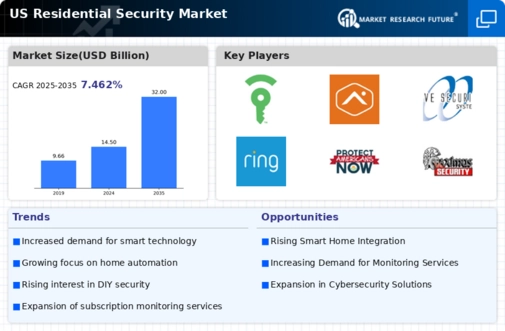
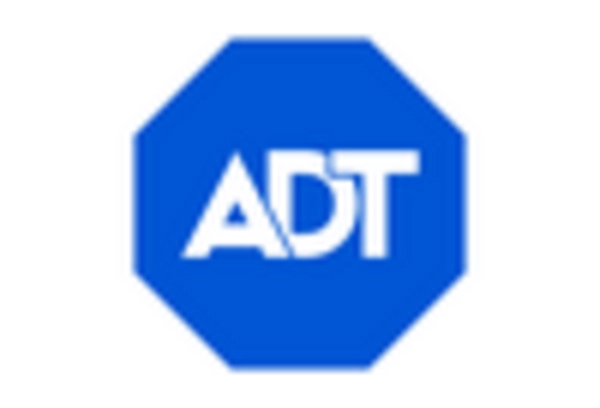
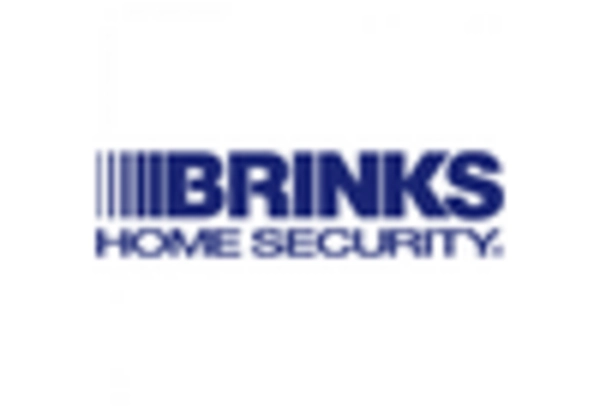
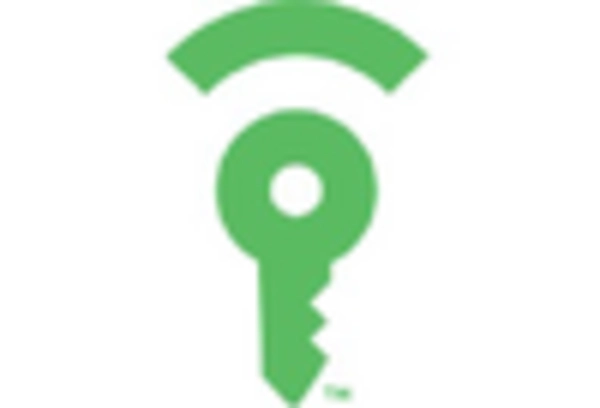
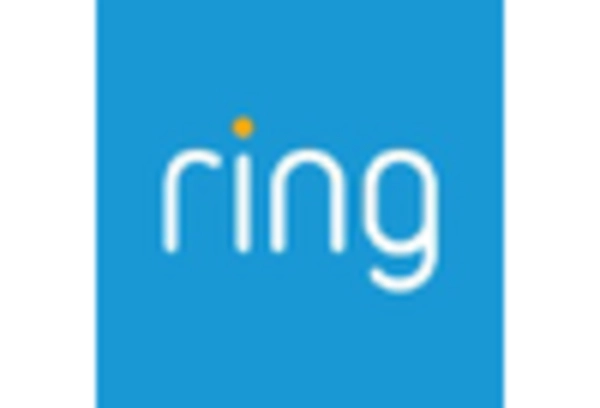

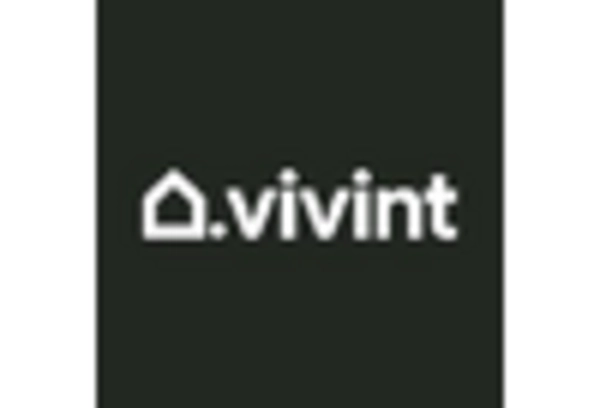








Leave a Comment